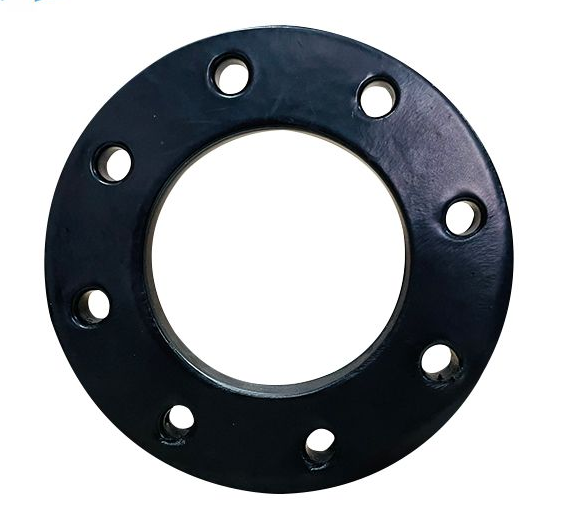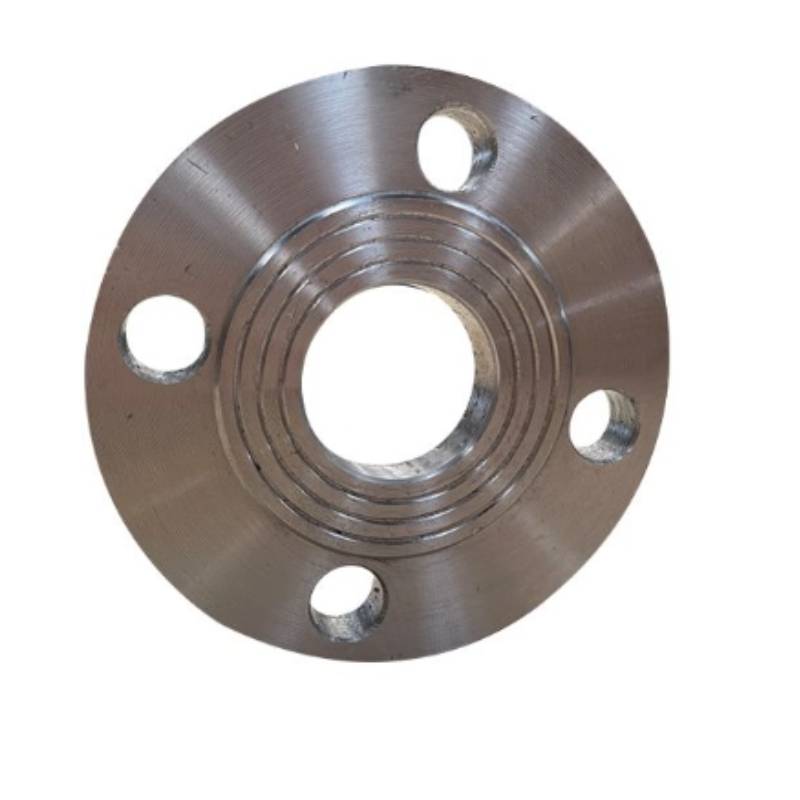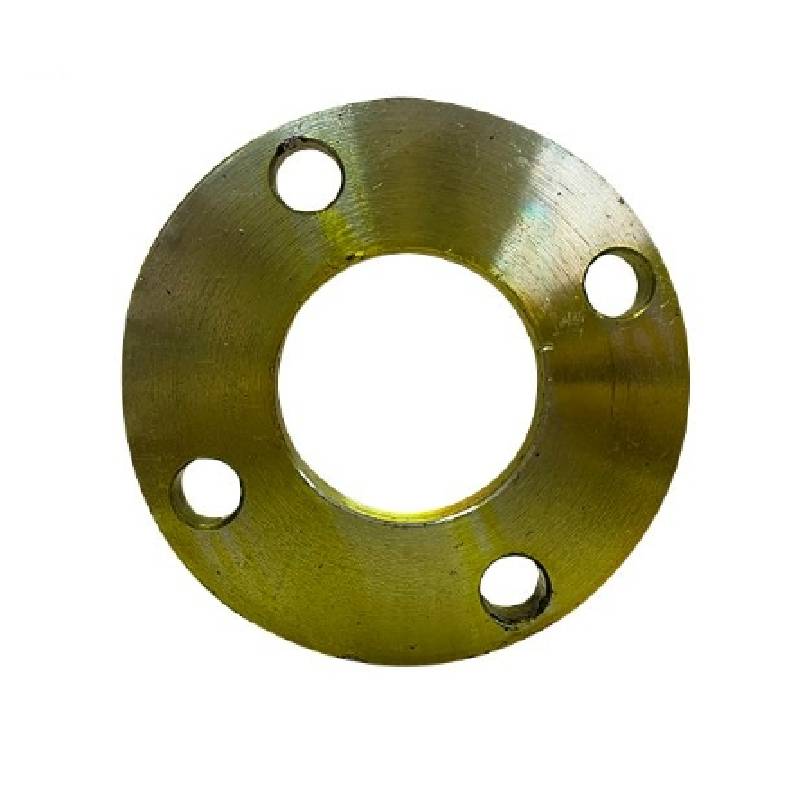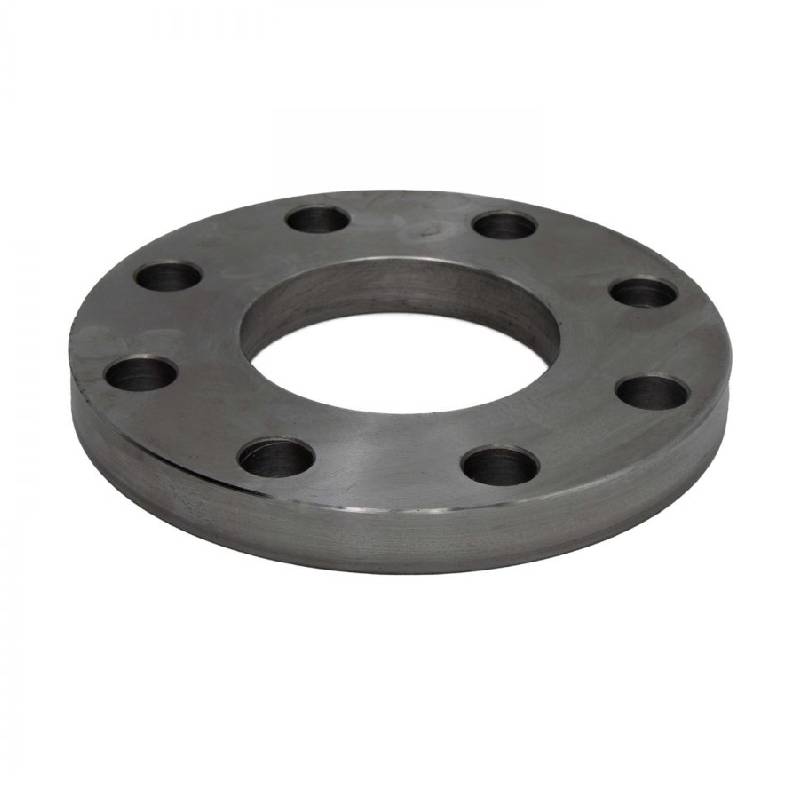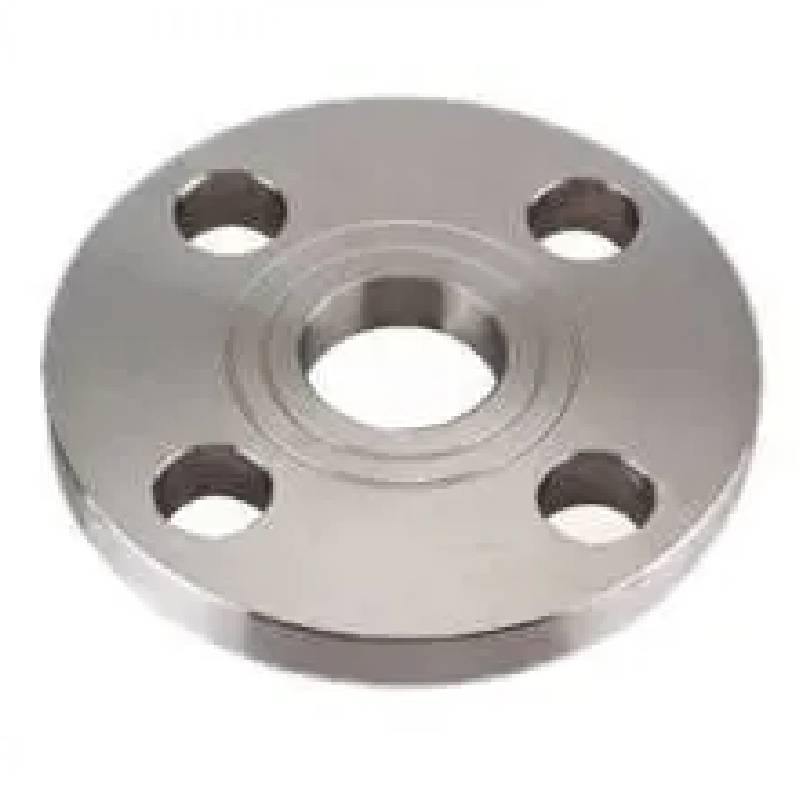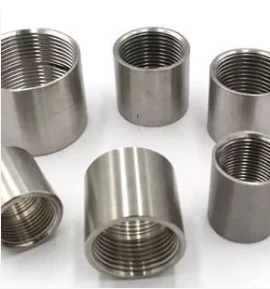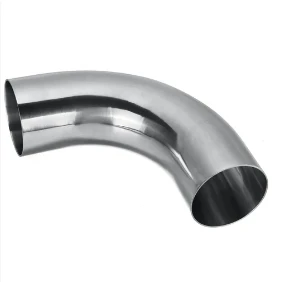-
Standardized na Disenyo:
Ang mga flanges ng uri ng SOP (Standard Operating Procedure) ay idinisenyo upang sumunod sa mga partikular na pamantayan ng industriya, na tinitiyak ang pagiging tugma at pagpapalit sa iba pang mga bahagi sa sistema ng tubo. Pinapasimple ng standardized na disenyong ito ang mga proseso ng pag-install at pagpapanatili, binabawasan ang downtime at pinahuhusay ang pangkalahatang kahusayan.
-
Ligtas na Koneksyon:
Ang pangunahing function ng SOP flanges ay upang lumikha ng isang secure at leak-proof na koneksyon sa pagitan ng mga pipe o valve. Ang mga flanges na ito ay nagtatampok ng patag na mukha na may mga butas ng bolt sa paligid ng perimeter, na nagbibigay-daan para sa madaling pagkakahanay at paghigpit ng mga bolts. Tinitiyak ng pare-parehong pamamahagi ng presyon sa ibabaw ng flange ang isang masikip na seal, na pumipigil sa pagtagas ng likido at pinapaliit ang panganib ng pagkabigo ng system.
-
Maraming Gamit na Application:
SOP-type flanges find widespread applications across various industries, including oil and gas, petrochemical, chemical processing, water treatment, and HVAC systems. They are used for connecting pipes, valves, pumps, and other equipment, facilitating the efficient transportation of fluids or gases in industrial processes.
-
Mga Pagpipilian sa Materyal:
Ang mga flanges ng SOP ay magagamit sa isang hanay ng mga materyales upang umangkop sa iba't ibang mga kondisyon ng pagpapatakbo at media. Kasama sa mga karaniwang materyales ang carbon steel, stainless steel, alloy steel, at brass. Ang pagpili ng materyal ay depende sa mga salik tulad ng temperatura, presyon, paglaban sa kaagnasan, at pagiging tugma sa likidong dinadala.
-
Precision Engineering:
Ang mga flanges ng SOP ay sumasailalim sa precision engineering upang matugunan ang mahigpit na pamantayan ng kalidad at mga kinakailangan sa pagganap. Ginagawa ang mga ito gamit ang mga advanced na diskarte sa machining at mga hakbang sa pagkontrol sa kalidad upang matiyak ang katumpakan ng dimensional, pagtatapos sa ibabaw, at lakas ng makina. Ang atensyong ito sa detalye ay nagreresulta sa maaasahan at matibay na mga bahagi ng flange na makatiis sa malupit na mga kondisyon sa pagpapatakbo.
-
Mga Pagpipilian sa Pag-customize:
While SOP flanges adhere to standard dimensions and specifications, customization options are available to meet specific project requirements. This may include variations in flange size, pressure rating, facing type (such as flat face or raised face), and bolt-hole pattern. Customized flanges are often tailored to fit unique piping configurations and accommodate special conditions.
What Is Slip on Flange
A slip-on flange (SOP flange) is a type of flange commonly used in piping systems for connecting pipes, valves, pumps, or other equipment to form a secure and leak-proof assembly. As the name suggests, this flange "slips" over the pipe, meaning the pipe is inserted through the flange before welding. This design makes slip-on flanges easy to install and align, making them a popular choice in various industries.
Slip-on flanges are characterized by their low-profile design, which offers cost-effectiveness compared to other flange types. They are secured to the pipe by performing a fillet weld on both the inside and outside of the flange. This double-weld system provides a strong connection and prevents leakage, ensuring the integrity of the piping system.
Slip-on flanges are versatile and suitable for low-pressure and low-temperature applications, making them widely used in water pipelines, chemical processing plants, and HVAC systems. Their availability in different materials, such as stainless steel, carbon steel, and alloys, ensures compatibility with diverse operating environments.
One of the significant advantages of slip-on flanges is their flexibility in fitting pipes of slightly varying sizes, reducing the need for precise cutting or machining. However, they are not as robust as weld neck flanges, which are preferred for high-pressure and high-temperature systems.
In summary, a slip-on flange is an efficient, cost-effective, and widely used solution for secure piping connections, ideal for a broad range of industrial applications.
Slip on Flange Use
Slip-on flanges (SOP flanges) are widely used in various industries for their practicality and versatility in connecting piping systems. Their design allows the pipe to slip through the flange bore, which is then welded on both the inside and outside edges, creating a reliable and leak-proof connection. This makes slip-on flanges particularly suitable for applications where quick and straightforward installation is required.
Slip-on flanges are predominantly used in systems operating under low pressure and temperature conditions. They are common in water pipelines, chemical processing, oil and gas systems, and HVAC installations. Their low-profile design and cost-effectiveness make them an economical choice for projects where extreme durability is not the primary concern. These flanges are also ideal for connecting pipes of slightly varying dimensions, offering flexibility during installation.
In water treatment plants, slip-on flanges are used to connect pipes carrying treated or raw water. In chemical and petrochemical industries, they are applied in transferring non-corrosive fluids, thanks to their availability in corrosion-resistant materials like stainless steel. Additionally, slip-on flanges find use in ventilation systems and HVAC applications, where they connect ducting or low-pressure pipes.
While their ease of use is a significant advantage, slip-on flanges are not suited for high-pressure or high-temperature environments due to their lower strength compared to weld neck flanges. Despite this limitation, slip-on flanges remain a reliable and economical solution for general-purpose piping systems, providing efficiency and functionality across numerous industrial applications.
What Is the Difference Between Sop and Soh Flanges?
1. Structural Differences
SOP flanges are flat, plate-like structures with a bore that allows the pipe to slip through. They lack any raised or protruding hub, making them simpler in design and lighter in weight. Their flat profile makes them cost-effective and easier to manufacture.
SOH flanges, on the other hand, have an extended hub attached to the plate. This hub tapers down towards the pipe, providing additional reinforcement and a gradual transition of stress between the pipe and the flange. The hub also helps align the flange with the pipe more precisely.
2. Strength and Durability
SOP flanges are suitable for low-pressure and low-temperature applications. Their flat design makes them less robust, limiting their use in demanding conditions.
SOH flanges, with their reinforced hub, are better suited for moderate-pressure and moderate-temperature environments. The hub provides enhanced mechanical strength, reducing the risk of failure under load.
3. Installation and Alignment
SOP flanges are easier to install due to their simpler design, but they may require more precise alignment during welding.
SOH flanges are easier to align during installation because of the guiding hub, making them advantageous in systems requiring precise assembly.
4. Applications
SOP Flanges: Commonly used in applications like water pipelines, chemical transfer systems, and general-purpose piping where high durability is not a critical requirement. They are widely preferred for their cost-effectiveness.
SOH Flanges: Frequently utilized in more demanding applications, such as those involving moderate pressures or mechanical stress. They are often found in oil and gas systems, chemical processing plants, and industrial equipment where extra strength and reliability are necessary.
5. Cost Considerations
SOP flanges are generally less expensive due to their simpler construction and lighter weight.
SOH flanges are costlier because of the added material in the hub and the additional manufacturing complexity.
Ang mga flanges ng uri ng SOP ay gumaganap ng isang kritikal na papel sa mga sistema ng piping, na nagbibigay ng pamantayan at maaasahang interface ng koneksyon para sa mga tubo, balbula, at kagamitan. Ang kanilang mga secure na kakayahan sa sealing, versatility, at precision engineering ay ginagawa silang kailangang-kailangan sa iba't ibang pang-industriya na aplikasyon kung saan ang mahusay na paghawak ng likido ay higit sa lahat. Sa mga flanges ng SOP, matitiyak ng mga inhinyero at operator ang integridad at pagganap ng kanilang mga piping system, na nag-aambag sa ligtas at mahusay na mga operasyon sa mga industriya.

